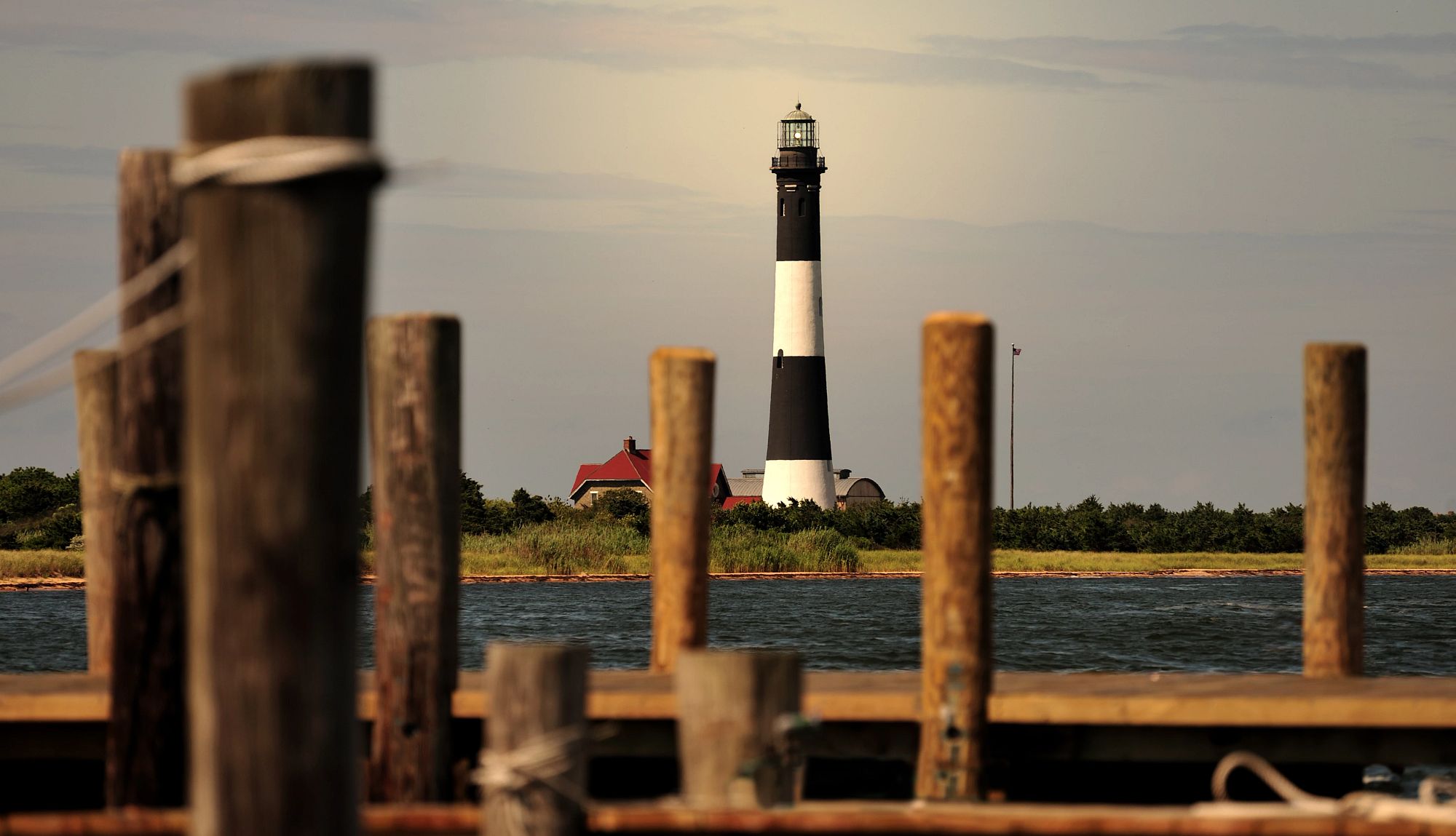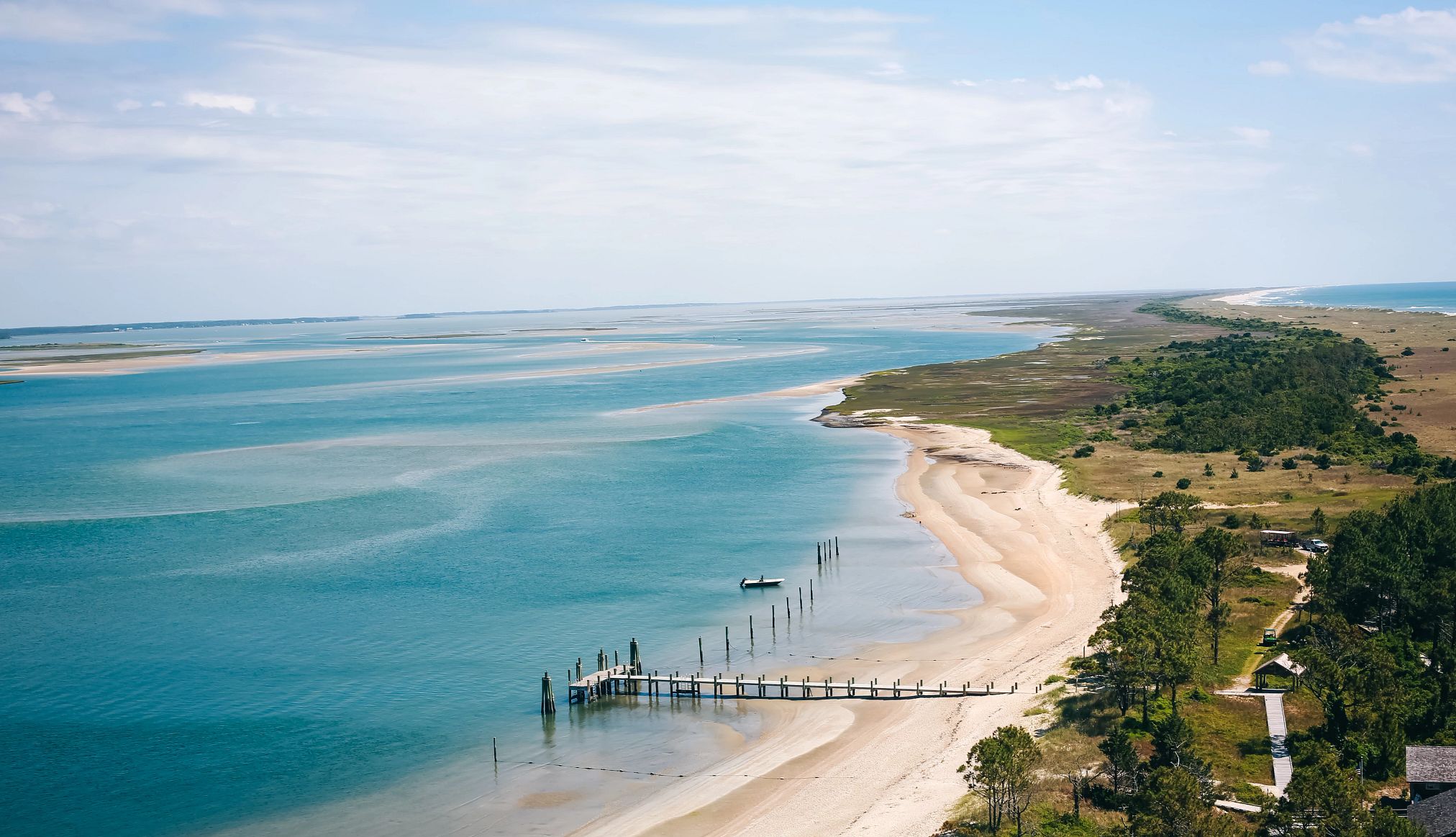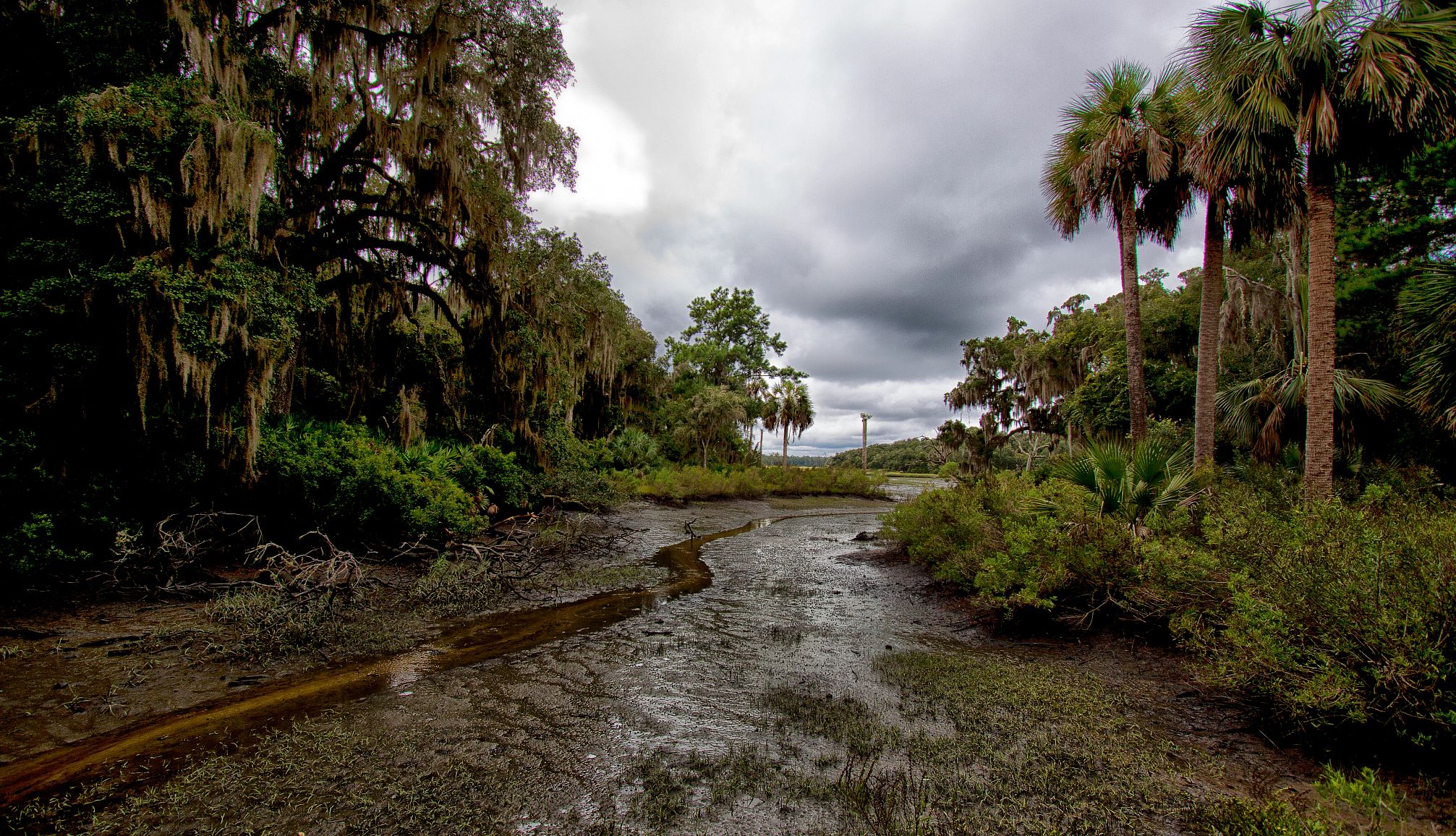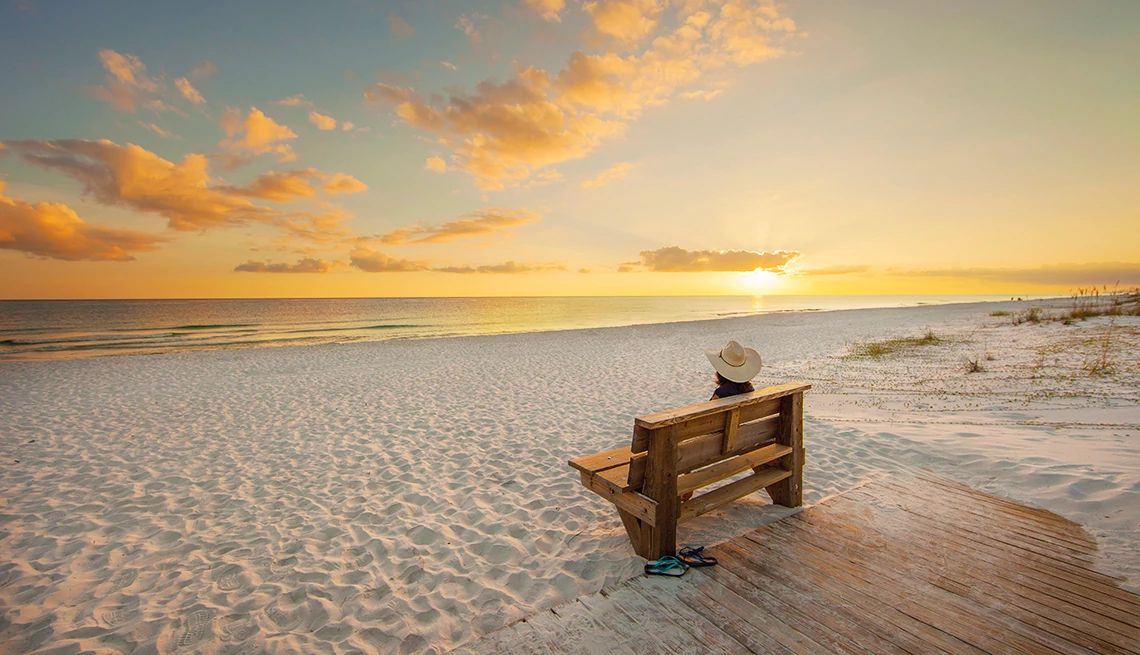AARP Hearing Center
You know about our national parks, but have you heard about the country’s 10 national seashores? A part of the National Park Service system, these areas preserve coastal areas — on the Atlantic, Pacific and Gulf coasts — that have vital natural significance. In addition, they offer fun recreational options such as hiking, birdwatching, fishing and beachcombing. Many include ever-shifting barrier islands that help to protect the mainland from storms by absorbing the impact of waves, wind and storm surges. Most are sparsely inhabited and provide unspoiled habitat for species of the sea, land and air, including endangered birds and sea turtles.
To reach these six coastal gems, take a ferry to unwind and enjoy the waterfront view. “You have a chance to see wildlife the minute you leave the ferry departure point,” says Nate Toering, the chief of interpretation and education at Cape Lookout National Seashore. You might see birds such as osprey and terns, or spot dolphins.
Once on these seashores, you can stroll the often-uncrowded beaches and tour many historic lighthouses that helped to protect passing ships from danger. Several islands offer historic homes or forts to explore, and most allow camping, whether in campgrounds or backcountry. The park service’s park-specific apps may offer guided audio tours. Note: The ferries and tours mentioned have service contracts with the park service.

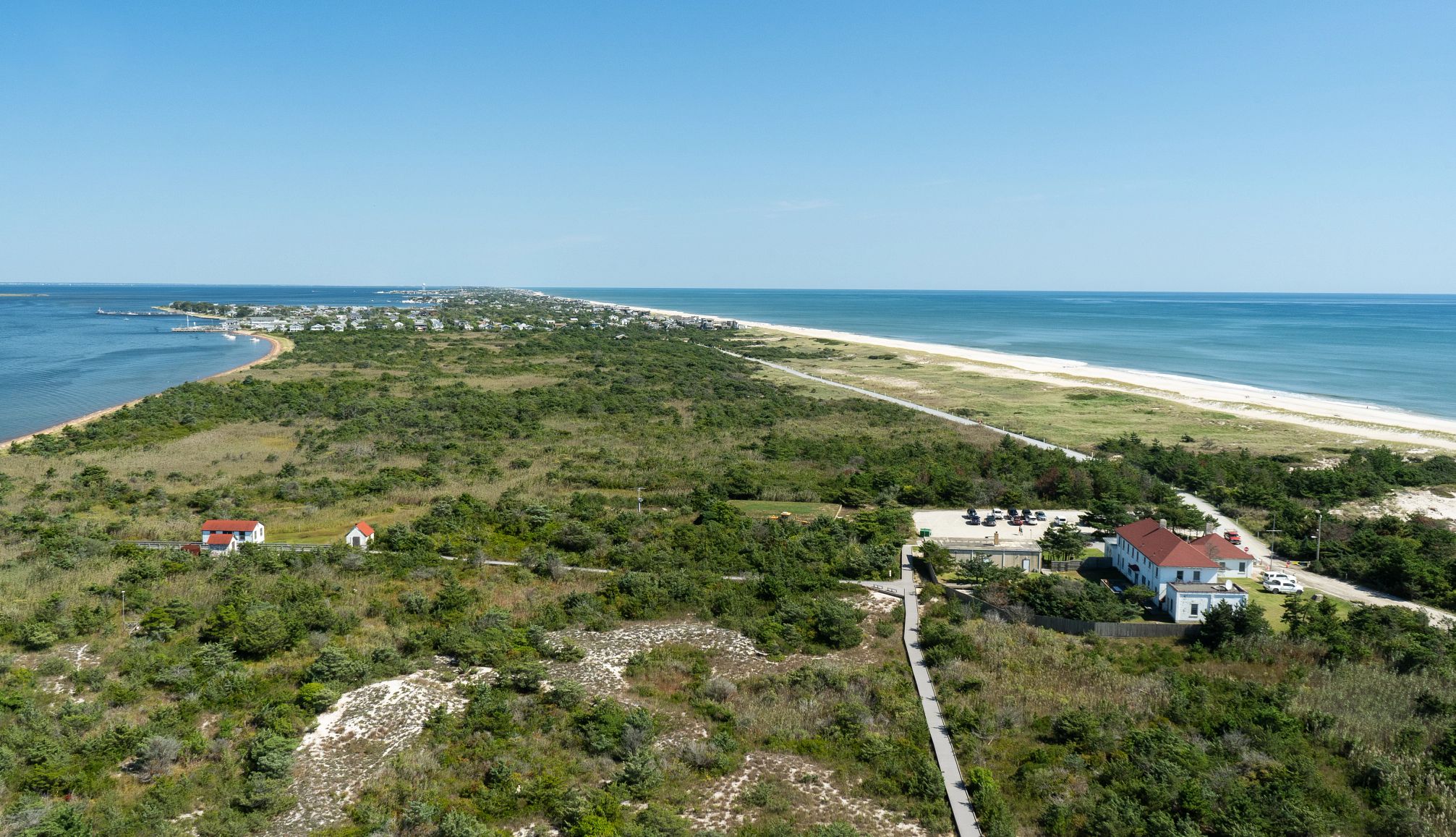
Fire Island National Seashore, New York
Located about 50 miles east of New York City, Fire Island National Seashore encompasses a 26-mile section of this barrier island that’s also home to many small communities. A 30- to 45-minute ride on three different ferry services ($20-$34 round trip) will take you to separate parts of the island, depending on what you want to see. Park admission is free.
“Three hundred and thirty bird species can be found on Fire Island throughout the year,” including piping plovers, American oystercatchers and sanderlings, says Nick Clemons, chief of interpretation, education and volunteers. He also recommends visiting the Sunken Forest, a rare maritime forest with 300-year-old holly trees growing behind established dunes. Visitors can climb 182 steps at the historic 1858 lighthouse for views of the city skyline on a clear day. The park service recommends that ferry passengers take water taxis ($10-$30 per person) to visit different island areas.

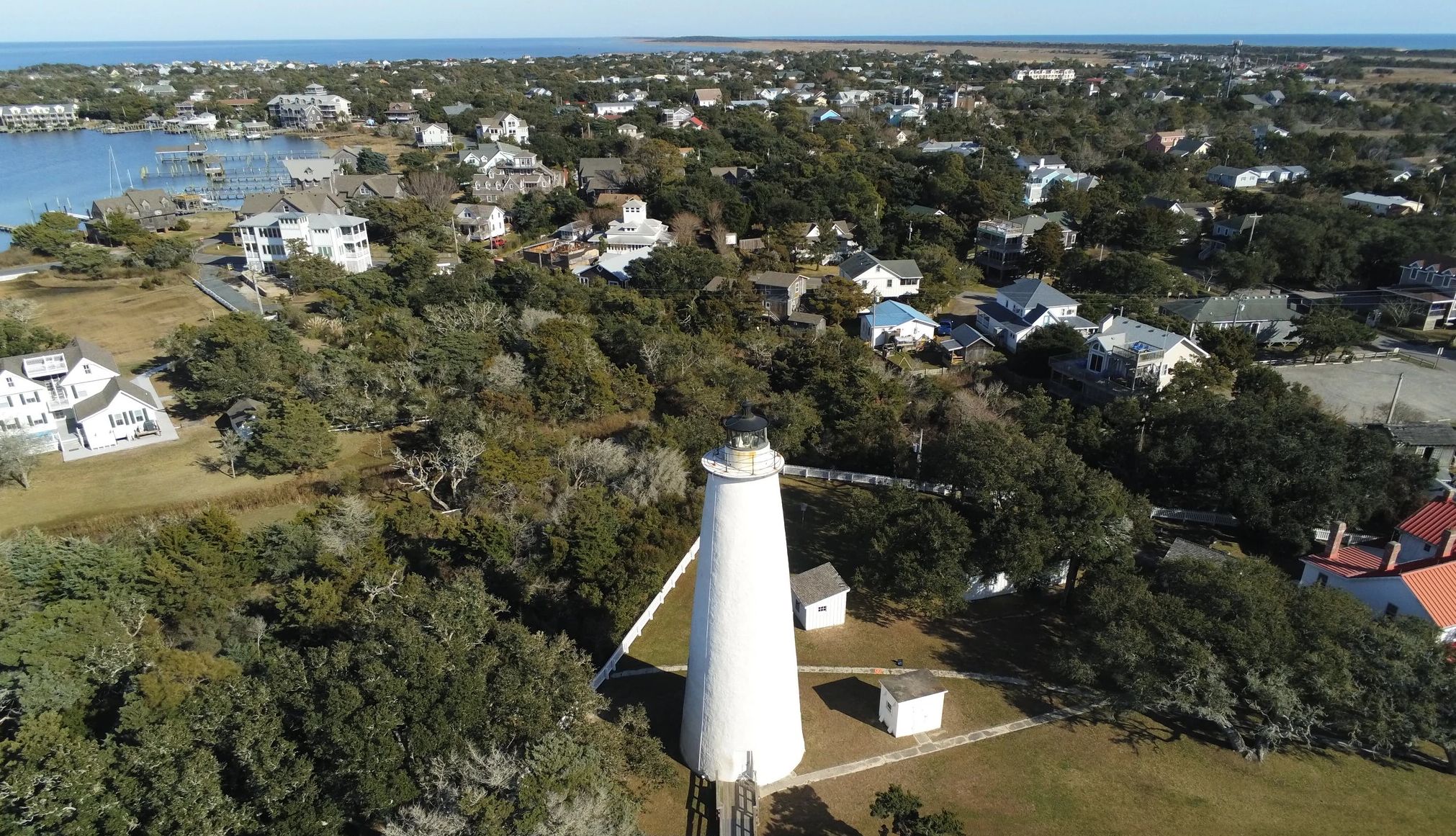
Ocracoke Island, Cape Hatteras National Seashore, North Carolina
You can reach Ocracoke Island, most of which is part of the Cape Hatteras National Seashore, on ferries run by the North Carolina Department of Transportation. The Hatteras car ferry is free, takes 60 to 75 minutes, and is first come, first served. The Swan Quarter and Cedar Island ferries ($30 per vehicle round trip, $6 per biker) take more than two hours and require reservations. In the summer, the Ocracoke Express passenger-only ferry ($15 per person round trip, $2 per biker) runs daily from Hatteras to historic Ocracoke village, which traces its roots to the early 1700s. From there take a free, 30-minute tram to tour this charming town of locally owned businesses or rent a bike or golf cart to explore.































































